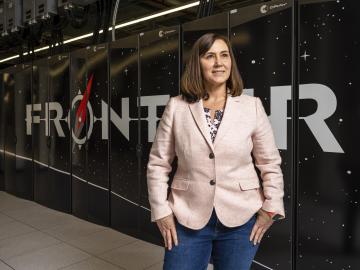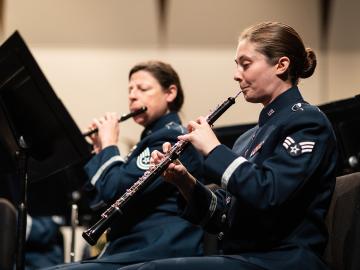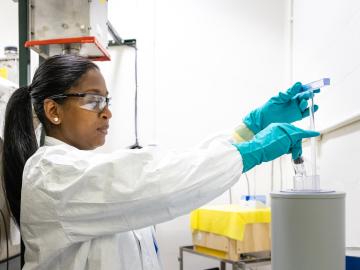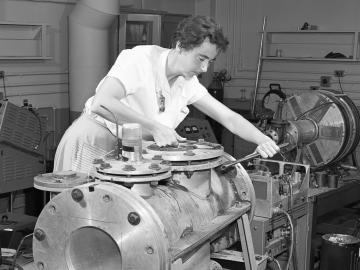
Filter News
Area of Research
News Type
News Topics
- (-) Advanced Reactors (13)
- (-) Composites (12)
- (-) Energy Storage (37)
- (-) Frontier (45)
- (-) Isotopes (35)
- (-) ITER (4)
- (-) Machine Learning (40)
- (-) Physics (39)
- (-) Space Exploration (13)
- 3-D Printing/Advanced Manufacturing (60)
- Artificial Intelligence (79)
- Big Data (50)
- Bioenergy (70)
- Biology (82)
- Biomedical (44)
- Biotechnology (26)
- Buildings (35)
- Chemical Sciences (37)
- Clean Water (17)
- Computer Science (117)
- Coronavirus (20)
- Critical Materials (6)
- Cybersecurity (14)
- Education (2)
- Emergency (3)
- Environment (124)
- Exascale Computing (51)
- Fossil Energy (6)
- Fusion (40)
- Grid (34)
- High-Performance Computing (82)
- Hydropower (6)
- Materials (53)
- Materials Science (64)
- Mathematics (9)
- Mercury (7)
- Microelectronics (3)
- Microscopy (27)
- Molten Salt (2)
- Nanotechnology (21)
- National Security (63)
- Neutron Science (85)
- Nuclear Energy (71)
- Partnerships (36)
- Polymers (12)
- Quantum Computing (35)
- Quantum Science (49)
- Security (18)
- Simulation (44)
- Software (1)
- Statistics (2)
- Summit (40)
- Transportation (35)
Media Contacts

At the National Center for Computational Sciences, Ashley Barker enjoys one of the least complicated–sounding job titles at ORNL: section head of operations. But within that seemingly ordinary designation lurks a multitude of demanding roles as she oversees the complete user experience for NCCS computer systems.

As renewable sources of energy such as wind and sun power are being increasingly added to the country’s electrical grid, old-fashioned nuclear energy is also being primed for a resurgence.

Growing up in suburban Upper East Tennessee, Layla Marshall didn’t see a lot of STEM opportunities for children.
“I like encouraging young people to get involved in the kinds of things I’ve been doing in my career,” said Marshall. “I like seeing the students achieve their goals. It’s fun to watch them get excited about learning new things and teaching the robot to do things that they didn’t know it could do until they tried it.”
Marshall herself has a passion for learning new things.

A trio of new and improved cosmological simulation codes was unveiled in a series of presentations at the annual April Meeting of the American Physical Society in Minneapolis.

Few things carry the same aura of mystery as dark matter. The name itself radiates secrecy, suggesting something hidden in the shadows of the Universe.

Andrew Ullman, Distinguished Staff Fellow at Oak Ridge National Laboratory, is using chemistry to devise a better battery

Andrea Delgado is looking for elementary particles that seem so abstract, there appears to be no obvious short-term benefit to her research.

How did we get from stardust to where we are today? That’s the question NASA scientist Andrew Needham has pondered his entire career.

A series of new classes at Pellissippi State Community College will offer students a new career path — and a national laboratory a pipeline of workers who have the skills needed for its own rapidly growing programs.

The old photos show her casually writing data in a logbook with stacks of lead bricks nearby, or sealing a vacuum chamber with a wrench. ORNL researcher Frances Pleasonton was instrumental in some of the earliest explorations of the properties of the neutron as the X-10 Site was finding its postwar footing as a research lab.


